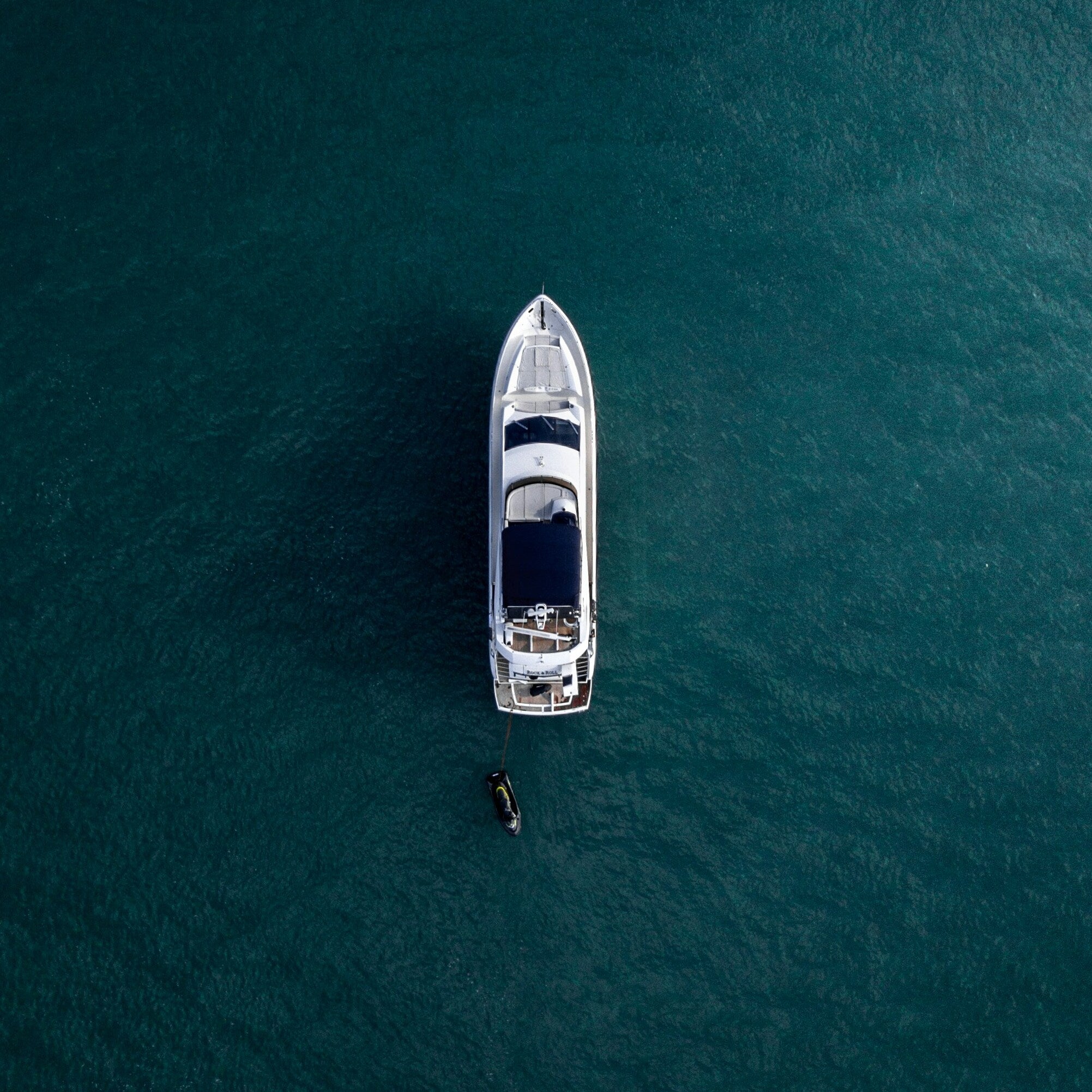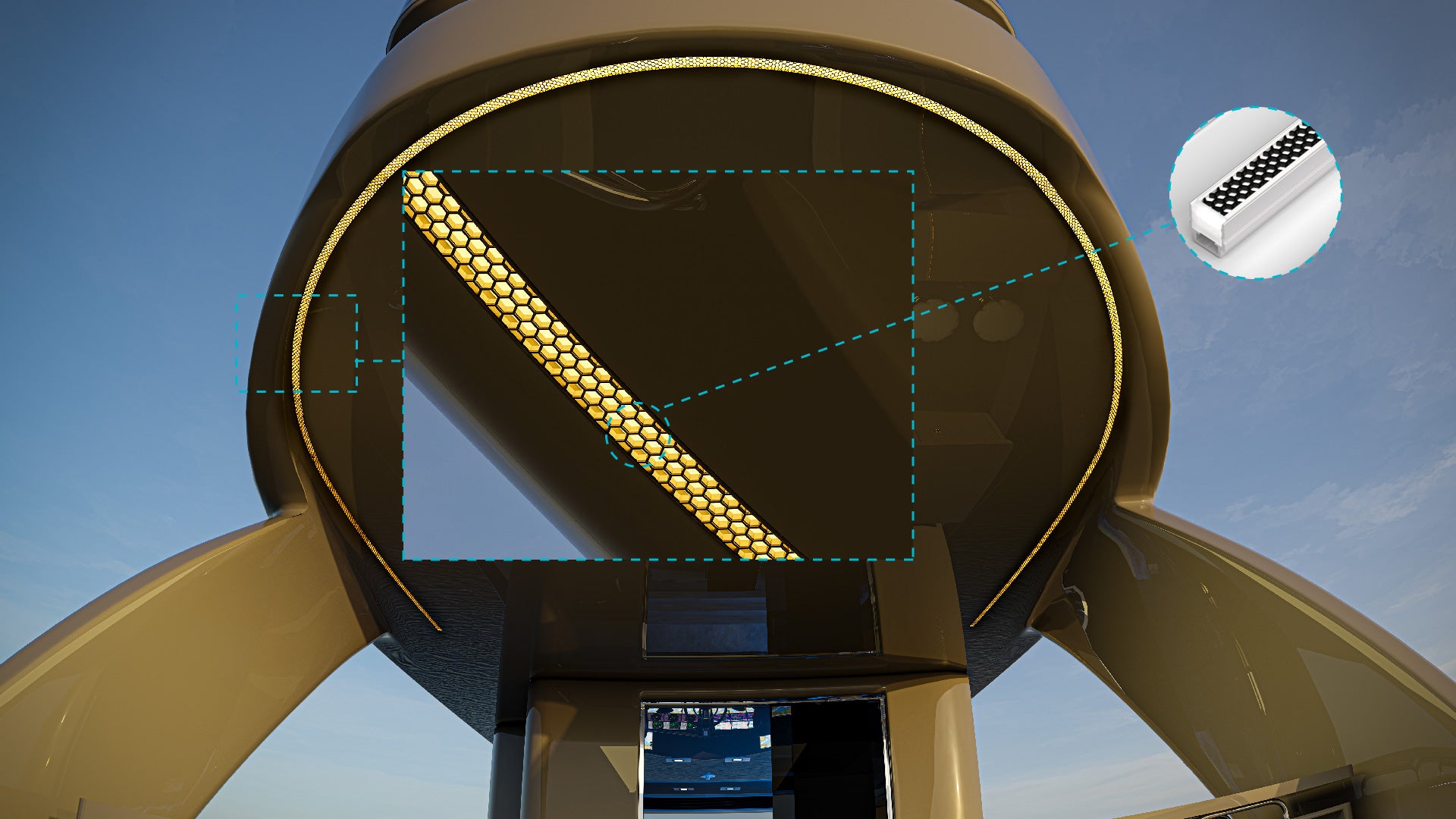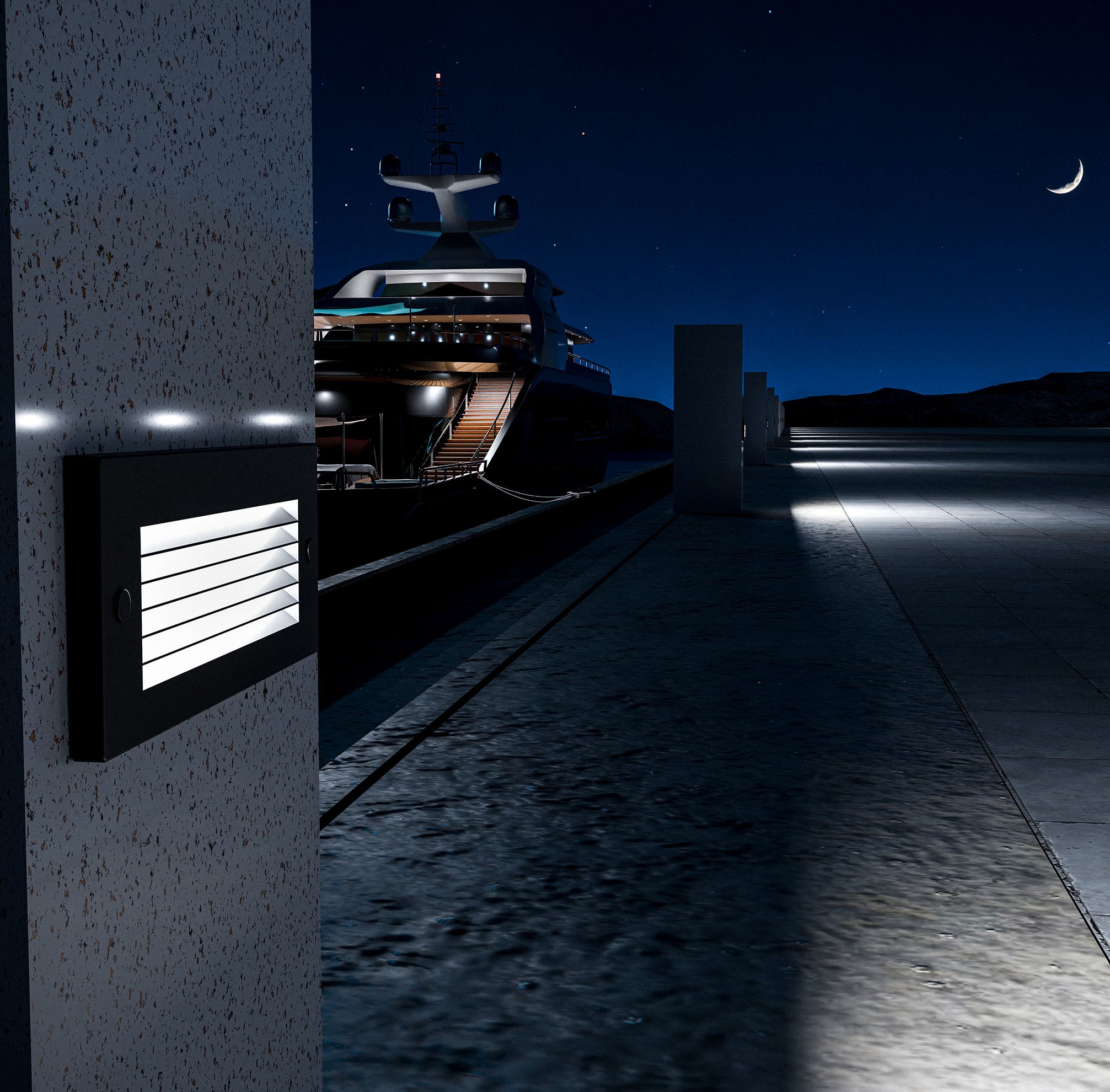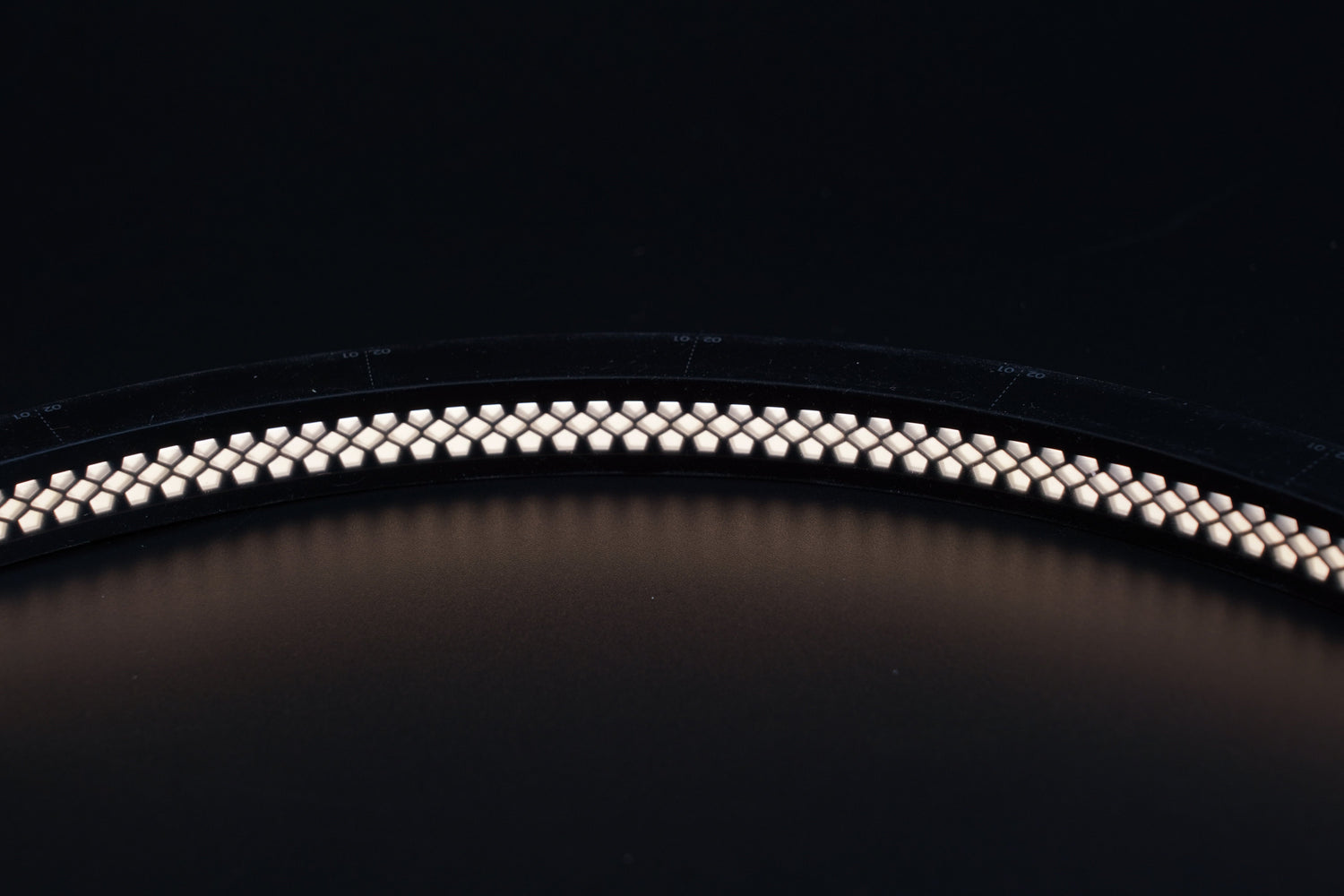Waterproof marine LED lights are an essential component for boats, yachts, and other marine vessels operating in harsh aquatic environments. From illuminating decks during nighttime voyages to creating captivating underwater displays, these lights are exposed to saltwater, humidity, and constant splashes—demanding a level of durability and resilience that standard lighting systems simply cannot offer.
As technology advances, marine LED lights have become more efficient, brighter, and better protected against environmental damage. Behind their robust construction lies a blend of engineering precision, material science, and rigorous testing protocols designed to ensure long-lasting performance.
In this blog, we’ll dive deep into the science behind waterproof marine LED lights, exploring their construction, protection standards, and practical applications. Whether you're upgrading your vessel’s lighting system or just curious about how these fixtures withstand extreme conditions, this guide will illuminate the critical factors you need to know.
Why Waterproofing is Essential for Marine LED Lights
Constant Exposure to Water and Humidity
Marine environments are uniquely challenging for electrical systems, with constant exposure to water, high humidity, and fluctuating weather conditions. Saltwater, in particular, is highly conductive and can quickly cause short circuits or corrosion if it enters lighting fixtures. Waterproofing ensures that sensitive internal components, such as wiring, LED chips, and circuit boards, remain sealed and isolated from moisture, preventing failures that could compromise both safety and functionality.
Even minor exposure to water in non-waterproof fixtures can cause flickering lights, reduced brightness, or complete system failure. Waterproof marine LED lights use advanced sealing techniques and protective barriers to ensure consistent performance, even in heavy rain, rough seas, or during underwater operation.
Protection Against Saltwater Corrosion
Saltwater is notoriously corrosive, accelerating the breakdown of metal surfaces and electronic components. When lighting fixtures are exposed to salt spray or submerged in saltwater, corrosion can occur rapidly if the materials used are not specifically designed for marine use. Waterproof LED lights are typically built using corrosion-resistant materials such as 316 stainless steel or marine-grade aluminum to withstand prolonged exposure without degradation.
These fixtures are also coated with protective layers to prevent salt buildup and chemical reactions that could compromise structural integrity. Proper waterproofing and corrosion resistance ensure that marine LED lights remain functional and safe, even after years of exposure to salty sea air and water.
Enhanced Safety and Longevity
Safety is paramount in any marine environment, and waterproof LED lights play a crucial role in minimizing electrical hazards. When water infiltrates non-waterproof fixtures, it creates the risk of short circuits, electrical fires, or even electric shocks—hazards that are especially dangerous in enclosed spaces or wet conditions.
Waterproof designs eliminate these risks by using multiple layers of sealing, insulated cabling, and protected circuits to prevent water ingress. Beyond safety, waterproofing also extends the lifespan of lighting fixtures, reducing the frequency of replacements and minimizing maintenance costs over time.
Understanding IP Ratings: What Do the Numbers Mean?
What is an IP Rating?
An IP (Ingress Protection) rating is an internationally recognized standard that indicates how well an electrical enclosure protects against solids and liquids. In the context of marine LED lighting, the IP rating helps users understand whether a light fixture is suitable for environments exposed to water spray, immersion, or heavy splashes.
The rating consists of two digits: the first indicates protection against solid objects (like dust or debris), and the second indicates protection against water. For example, an IP67 rating means the fixture is completely dust-tight and can withstand temporary immersion in water up to 1 meter for 30 minutes.
Decoding IP Ratings (IP67 vs. IP68)
An IP67-rated light is highly waterproof and can endure brief immersion, making it suitable for deck lights, pathway lights, and exposed fixtures. However, an IP68-rated light goes a step further, offering protection against prolonged water submersion at specified depths. This rating is essential for underwater lighting, such as hull lights, dock lights, or underwater accent lighting.
When selecting waterproof marine LED lights, it’s crucial to match the IP rating to the specific application and environment to ensure consistent performance and longevity.
Choosing the Right IP Rating for Different Applications
Different lighting zones on a vessel require varying levels of waterproof protection. Deck lights exposed to occasional rain or splashes may perform well with an IP67 rating, while underwater lights demand the more robust protection of IP68 fixtures. Similarly, cabin lights may not require extensive waterproofing, but bathroom or galley fixtures should still meet moderate water-resistance standards to prevent condensation damage.
Understanding IP ratings allows boat owners to make informed decisions and invest in lighting fixtures that align with their vessel's unique needs.
The Engineering Behind Waterproof Marine LED Lights
Sealing and Encapsulation Technologies
The waterproof integrity of marine LED lights relies heavily on advanced sealing technologies. Silicone gaskets, rubber O-rings, and epoxy resins are commonly used to create airtight and watertight seals around critical components. These seals prevent water from penetrating the fixture, even under high-pressure environments or prolonged submersion.
Additionally, many marine-grade LED lights use potting compounds—a method where the internal circuitry is encased in a protective resin. This not only blocks water ingress but also provides vibration resistance and thermal insulation, ensuring reliable performance in challenging conditions.
Material Selection: Corrosion Resistance
The choice of materials plays a vital role in the durability of waterproof LED fixtures. 316 stainless steel is widely favored for its superior resistance to corrosion and rust in saltwater environments. Similarly, marine-grade aluminum offers excellent resistance to salt and humidity while being lightweight and thermally conductive.
Polycarbonate lenses are another common feature, offering impact resistance and UV stability to prevent yellowing or cracking over time. These material choices ensure that marine LED fixtures withstand prolonged exposure to harsh marine conditions without losing structural integrity or performance.
Heat Management Systems
Efficient heat dissipation is crucial in sealed LED lighting systems to prevent overheating, which can degrade LED chips and reduce fixture lifespan. Waterproof marine LED lights are equipped with heat sinks made from thermally conductive materials, such as aluminum. These heat sinks draw heat away from the LED chips and disperse it evenly across the fixture's surface.
Proper thermal management allows LEDs to operate at optimal temperatures, ensuring consistent brightness, energy efficiency, and long-term reliability.
Testing Standards for Waterproof Marine LED Lights
Waterproof Testing Procedures
Before reaching the market, waterproof marine LED lights undergo rigorous testing procedures to verify their resilience against water ingress. Submersion tests, high-pressure water spray tests, and condensation chamber tests are commonly used to evaluate performance under real-world conditions.
Fixtures must meet or exceed IP rating standards during these tests, ensuring they can withstand prolonged exposure without compromising safety or performance.
Durability Under Real-World Conditions
In addition to waterproof tests, marine-grade LED fixtures are subjected to environmental durability tests, including salt spray testing, UV exposure simulation, and vibration analysis. These tests replicate the extreme conditions faced in marine environments, ensuring the fixtures can handle prolonged exposure to saltwater, sunlight, and rough seas.
Certification and Compliance
Recognized certifications, such as CE, RoHS, and UL Marine, provide assurance that marine LED fixtures meet safety, environmental, and performance standards. Boat owners should always look for these certifications when selecting waterproof lighting systems.
Applications of Waterproof Marine LED Lights
Deck Lighting
Deck lighting is essential for maintaining safety and visibility during nighttime operations, docking, or entertaining guests on board. Waterproof marine LED deck lights are specifically designed to handle exposure to rain, salt spray, and constant humidity without losing performance or clarity. These lights provide bright, uniform illumination, ensuring every step and surface is well-lit to prevent accidents.
Additionally, LED deck lights are available in various designs, including flush-mounted fixtures, strip lighting, and adjustable floodlights, allowing boat owners to customize their lighting layouts for both functional and aesthetic purposes. Waterproofing ensures these fixtures remain reliable, even in challenging weather conditions, reducing maintenance frequency and replacement costs.
Underwater Lighting
Underwater marine LED lights serve both functional and aesthetic purposes. Functionally, they enhance underwater visibility for tasks like hull inspections, anchoring, and night diving. Aesthetically, underwater LED fixtures create a stunning visual effect, illuminating the water around the boat in vibrant colors and dynamic patterns.
These fixtures are built with IP68 waterproof ratings, corrosion-resistant casings, and high-strength lenses to withstand prolonged submersion and water pressure. Heat management systems are also critical in these applications, as poor thermal regulation can lead to fixture failure in sealed underwater environments.
Navigation and Signal Lights
Navigation and signal lights are among the most critical fixtures on any vessel, ensuring compliance with maritime safety regulations and preventing collisions in low-visibility conditions. Waterproofing is non-negotiable for these lights, as they are constantly exposed to moisture, waves, and changing weather conditions.
LED navigation lights are energy-efficient, highly visible from long distances, and available in various colors to indicate vessel status and direction. Their waterproof seals ensure uninterrupted operation, even during heavy storms or rough seas, making them an indispensable component of onboard safety systems.
Interior Cabin and Engine Room Lighting
While cabin lighting may not seem like an obvious candidate for waterproofing, marine environments introduce unique challenges such as condensation, humidity, and occasional leaks. Waterproof cabin LED lights are designed to prevent moisture-related failures, ensuring consistent brightness and operational reliability in enclosed spaces.
In engine rooms, waterproof LED lights are even more critical. High humidity, oil fumes, and heat make these environments challenging for electrical fixtures. Waterproof LEDs provide bright, focused illumination for inspections and repairs while reducing the risk of electrical hazards caused by condensation or water exposure.
Benefits of Choosing Waterproof Marine LED Lights
Longer Lifespan and Reduced Maintenance
Waterproof marine LED lights are built to endure extreme conditions, including exposure to saltwater, humidity, and fluctuating temperatures. Their robust construction and advanced sealing technologies reduce the likelihood of water ingress, corrosion, or fixture failure. As a result, these lights have a significantly longer lifespan compared to non-waterproof or traditional lighting systems.
Fewer failures and longer operational hours mean less frequent replacements and lower maintenance costs, saving both time and money for boat owners. This reliability makes waterproof LEDs a cost-effective long-term investment.
Improved Energy Efficiency
LED technology is inherently energy-efficient, consuming significantly less power than traditional halogen or incandescent bulbs while delivering brighter illumination. Waterproof marine LEDs maintain their efficiency even in sealed, enclosed housings thanks to advanced heat management systems and optimized designs.
Lower power consumption reduces the load on onboard batteries and generators, extending operational hours and reducing fuel costs. This energy efficiency makes waterproof LEDs an environmentally responsible choice for modern boating.
Enhanced Safety
Electrical safety is paramount in marine environments, where water exposure poses a constant threat. Waterproof marine LED lights minimize the risk of electrical shorts, sparks, and fires caused by water ingress. Their sealed enclosures prevent direct contact between moisture and electrical components, ensuring safe operation in both above-deck and submerged applications.
For areas like engine rooms, bathrooms, and wet storage compartments, waterproof lighting is not just an option—it’s a necessity.
Common Misconceptions About Waterproof Marine LED Lights
“All LED Lights Are Waterproof”
A common misconception is that all LED lights are inherently waterproof due to their compact designs. In reality, standard LEDs may offer minimal water resistance but are not designed for prolonged exposure to moisture or submersion. Only lights with verified IP67 or IP68 ratings are truly waterproof and suitable for marine environments.
Boat owners should always check IP ratings and certifications to ensure the lights they select can handle the specific conditions they’ll face on board.
“Waterproof Means Maintenance-Free”
While waterproof marine LED lights are exceptionally durable, they are not entirely maintenance-free. Salt deposits, dirt, and marine growth can accumulate on fixtures over time, affecting light output and performance. Routine cleaning and periodic inspections are essential to ensure waterproof seals remain intact and fixtures continue operating efficiently.
Regular maintenance helps prevent premature failures and extends the operational lifespan of marine lighting systems.
“High IP Ratings Are Always Necessary”
Not every area on a boat requires the highest waterproofing standard. For example, an IP67-rated light might be sufficient for deck installations where water exposure is temporary, while IP68-rated lights are necessary for underwater applications. Overinvesting in unnecessarily high IP ratings can lead to inflated costs without added benefits.
Understanding the specific lighting needs of different zones on a boat helps boat owners make informed purchasing decisions.
How to Choose the Right Waterproof Marine LED Lights for Your Boat
Assess Your Lighting Needs
Before purchasing waterproof LED fixtures, evaluate the specific lighting requirements of your vessel. Consider areas like navigation zones, deck spaces, underwater lighting, engine rooms, and cabin interiors. Different zones will require varying levels of waterproof protection and lighting output.
Match IP Ratings to Applications
Use IP ratings as a guide to ensure you select fixtures suited to each zone. IP67-rated lights are ideal for deck and pathway lighting, while IP68-rated fixtures are better suited for underwater installations.
Consider Fixture Placement and Exposure
Take into account how fixtures will be positioned and exposed to environmental conditions. Deck lights face rain and spray, while underwater lights face pressure and full submersion. Proper placement ensures fixtures remain protected and functional.
Invest in Certified Products
Look for certifications such as CE, UL Marine, and RoHS to ensure your fixtures meet international safety and environmental standards. Certified products are more reliable, longer-lasting, and built to perform in demanding marine conditions.
Maintenance Tips for Waterproof Marine LED Lights
Regular Cleaning and Inspections
Salt deposits, marine growth, and dirt can affect light output and fixture performance. Regular cleaning with fresh water and non-abrasive tools prevents buildup and ensures consistent brightness.
Check for Corrosion and Damage
Inspect fixtures regularly for signs of corrosion, physical damage, or compromised seals. Prompt repairs or replacements prevent minor issues from escalating into costly failures.
Ensure Proper Installation
Improper installation can compromise waterproof seals and expose fixtures to moisture. Professional installation ensures fixtures are properly sealed, connected, and positioned for optimal performance.
Future Trends in Waterproof Marine LED Lighting
Advances in Sealing Technology
Innovations in sealing materials and encapsulation techniques will continue to improve waterproofing efficiency and fixture longevity.
Smart Waterproof Lighting Systems
Integration of smart controls with waterproof lighting systems will enable remote management, energy monitoring, and automated adjustments.
Eco-Friendly Waterproof Designs
Sustainable materials and energy-efficient designs will become standard, aligning with global environmental goals.
Waterproof marine LED lights are essential for safety, efficiency, and reliability in marine environments. By understanding IP ratings, engineering principles, and maintenance requirements, boat owners can make informed decisions when selecting fixtures. Investing in certified, high-quality waterproof LED lights ensures long-lasting performance and enhanced safety on every voyage.
Explore K2 Lighting's premium collection of waterproof marine LED lights, engineered for durability, efficiency, and unmatched performance.





